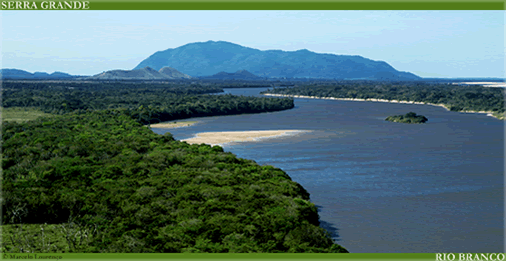Avaliação da Vulnerabilidade das Águas Subterrâneas no Município de Santa Cruz do Sul, RS/Brasil
DOI:
https://doi.org/10.18227/1982-8470ragro.v2i1.154Abstract
Nesta pesquisa realizada no município de Santa Cruz do Sul, RS-Brasil, utilizou-se dados pré-existentes em banco de dados de empresas privadas, estatais, municipais e federais com o objetivo de espacializar as informações através da metodologia GOD e do aplicativo SURFER™ versão 6.0. Com essa metodologia GOD utilizada foi possível prever e avaliar a vulnerabilidade natural dos aqüíferos através dos parâmetros: grau de confinamento hidráulico (G); ocorrência do suprajacente (O) e distância do nível da água (D). Foi utilizada uma planilha eletrônica, MS Excel™, para dispor os parâmetros hidrodinâmicos e físico-químicos das águas subterrâneas. Ilustra-se a superfície potenciométrica indicativa do fluxo subterrâneo, as concentrações de flúor e o índice de vulnerabilidade. A faixa de variação do flúor foi de 0,0 até 3,6 mgL-1, e o índice de vulnerabilidade obtido, apresentou dos 25 poços simulados; 4 poços na classe desprezível, 7 poços na classe baixa, á poços na classe média e apenas 1 na classe alta. Discutem-se alguns aspectos relativos á legislação das águas subterrâneas e seu uso para abastecimento público.Downloads
Issue
Section
License
I declare on my behalf and on behalf of the other authors that I represent in the act of submitting this article, to REVISTA AGRO@MBIENTE ON-LINE that: • 1. The content of the article is the result of original data and not published or submitted to other journals . • 2. In addition to the lead author, all co-authors participated sufficiently in the work to make public their respective responsibilities for the content. • 3. In case of acceptance of the article, the authors agree that the copyright referring to it will become the exclusive property of Revista Agro@mbiente On-line, any reproduction, total or partial, in any other part or means of dissemination is prohibited, printed or electronic, without the prior and necessary authorization being requested and, if obtained, acknowledgments must be made to the Revista Agro@mbiente On-line of the Centro de Ciências Agrárias/UFRR.



